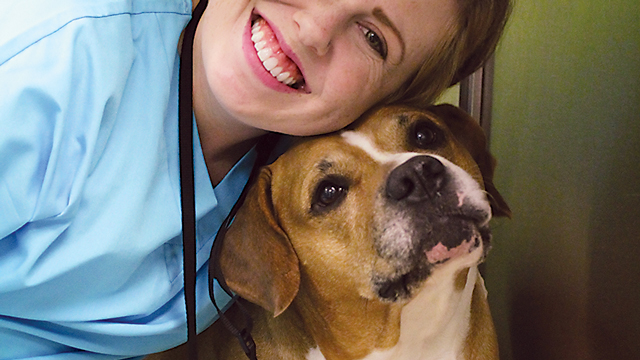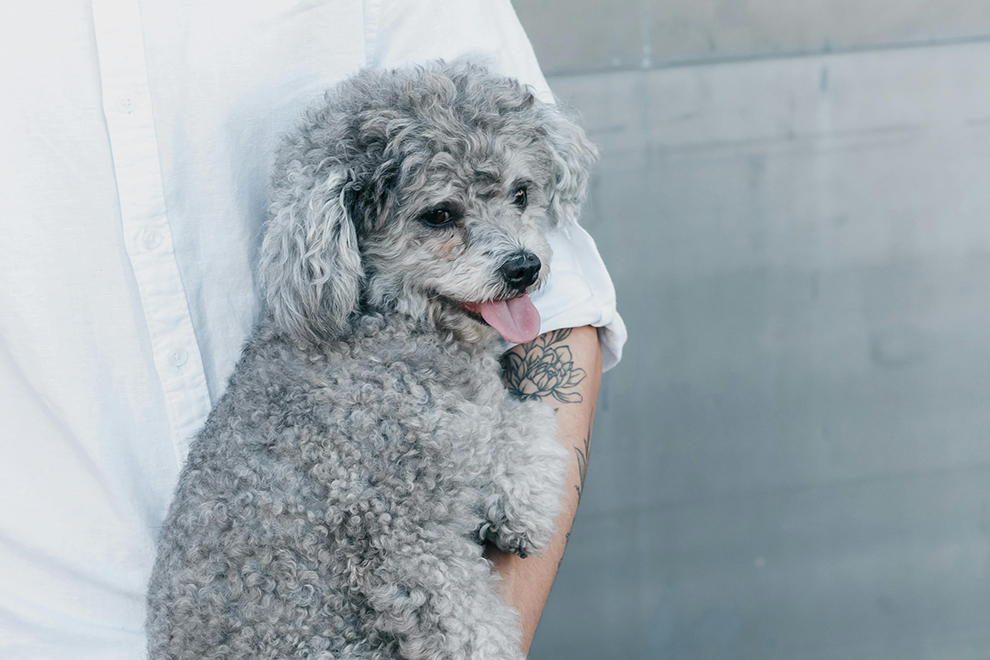Most pet guardians are familiar with the risks posed to our furry family members during the summer months. We follow the usual guidelines: limiting activity in the heat, refilling water bowls regularly, and avoiding hot pavement. Some even invest in kiddie pools for their more swim-savvy canine friends. However, the risks don’t end as the temperature turns cold. Winter months bring hazards that are equally dangerous for companion animals.
The following tips can help you keep your pets safe during colder weather.
Walking in a winter wonderland?
Consider the effect cold weather can have on your pets’ paws before heading into the elements. Pets can suffer from frostbite and overexposure in much the same way humans do, so it’s best to limit outdoor time during winter weather. When venturing outside on the coldest days, consider using dog boots. They will require some training to acclimate the dog to the unusual sensation, but with positive reinforcement, many dogs come to accept and even appreciate the layer of protection for their paws.
When returning indoors, wipe your dog’s paws and underside to prevent Fido from consuming any ice-melting chemicals he might have picked up while outside. If you suspect your pet has ingested any chemicals, such as anti-freeze, contact your veterinarian or the ASPCA Poison Control Center: 888-426-4435.
Sound off before starting up!
Oftentimes, during frigid weather, outdoor and feral cats seek warmth near car engines and tires. Any noises you can make prior to starting your car on colder days can help alert possible feline heat-seekers. Jingling keys and tapping the hood of your car before starting the engine can save a life.
Winter weight gain is a thing for pets.
Like humans, many pets experience a decreased activity level during winter months. Keep in mind that if your dog is spending more time indoors, he may require fewer calories. Before making any dietary adjustments, however, consult with your veterinary medical professional. Additionally, seeking out methods of exercise your pet can practice indoors is strongly encouraged.
Baby, it’s cold outside.
Companion animals should spend most of their time indoors with their families for a variety of reasons, but pets should always be kept indoors when the temperature falls near or below freezing.
When pets are left outdoors, it is essential that the owner provides proper shelter. If you see a dog outside for an extended period of time during inclement weather or extreme temperatures, contact the city or county animal control division to request that an animal control officer check on the welfare of the animal. Virginia’s code requires that the pet has shelter from the elements and ill effects of the cold, as well as space to comfortably stand, turn around, and lie down. However, larger dog houses are not recommended as they allow for more body heat to escape. Covering the floor of the dog’s house with straw or hay will help the dog retain warmth. The owner must ensure that the dog has water that
is not frozen.
Watch the coat, okay?
Proper grooming is also critical during colder weather since matted fur is far less effective at protecting pets against the elements. Many animals develop thicker winter coats, and shaving them is not recommended. Like a sweater, their fur won’t protect pets from freezing temperatures, but it can help keep them comfortable during necessary outdoor time.
Remembering these simple safety guidelines can help ensure the winter months are truly the most wonderful time of the year for you and your pets.





